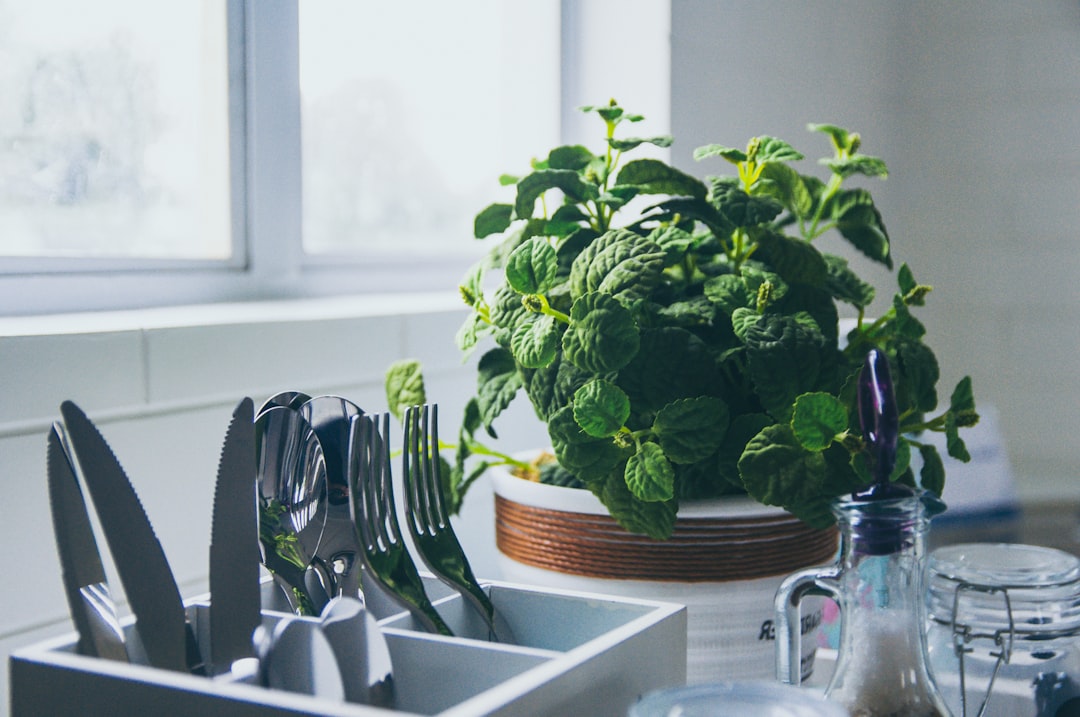Watering houseplants seems simple, but it’s often the most challenging aspect of plant care. Too much water, and you risk drowning your plants; too little, and they may wither away. Finding the right balance is an art that requires understanding your plants’ needs, their environment, and even the time of year.
In this guide, we’ll explore how to water houseplants correctly, avoid common mistakes, and adjust your care routine for different plant types and seasons.
Why Watering Is So Tricky
Every plant has unique water needs based on its species, size, and environment. Factors like soil type, humidity, temperature, and light levels also play a crucial role in how often and how much water a plant requires.
The most common mistakes? Overwatering (which can cause root rot) and underwatering (which can dry out and damage your plant).
Signs of Overwatering vs. Underwatering
Overwatering
-
Yellowing leaves
-
Soft, mushy stems
-
Foul-smelling soil
-
Drooping despite wet soil
Underwatering
-
Crispy, brown leaf edges
-
Drooping with dry soil
-
Leaf drop
-
Soil pulling away from the edges of the pot
If you’re unsure, always check the soil before watering—it’s the easiest way to avoid both issues.
General Watering Tips for Success
-
Check the Soil Moisture
-
Use your finger to feel the top inch of soil. If it’s dry, it’s time to water. For plants that like to dry out, wait until the soil is dry a few inches down.
-
Alternatively, use a moisture meter for more precise readings.
-
-
Water Evenly
-
Pour water slowly and evenly over the soil to ensure it reaches all the roots. Avoid letting water collect in one spot.
-
-
Drainage Is Key
-
Always use pots with drainage holes to prevent water from sitting at the bottom, which can lead to root rot.
-
Empty saucers or trays after watering to avoid waterlogging.
-
-
Adjust for the Seasons
-
Spring and Summer: Plants grow actively and need more water. Check soil moisture more frequently.
-
Fall and Winter: Growth slows down, so reduce watering. Most plants only need water every couple of weeks during their dormant period.
-
-
Use Room-Temperature Water
-
Cold water can shock plants, while hot water can damage roots. Aim for lukewarm or room-temperature water.
-
Watering Tips for Different Plant Types
Succulents and Cacti
-
How Often: Water only when the soil is completely dry. This could mean every 2–4 weeks, depending on the season and environment.
-
Tip: Use a well-draining soil mix and water deeply but infrequently.
Tropical Plants (e.g., Monstera, Calathea)
-
How Often: Keep the soil lightly moist but not soggy. Water when the top inch of soil feels dry.
-
Tip: Tropical plants love humidity, so mist them occasionally or use a pebble tray.
Ferns
-
How Often: Ferns prefer consistently moist soil. Water as soon as the surface starts to dry.
-
Tip: Use filtered water if your tap water is hard, as ferns can be sensitive to minerals.
Orchids
-
How Often: Water when the potting medium is dry but not completely parched. Typically, this is once a week.
-
Tip: Use a soak-and-drain method to mimic their natural habitat.
Low-Maintenance Plants (e.g., Snake Plant, ZZ Plant)
-
How Often: Allow the soil to dry out completely between waterings. These plants can tolerate neglect.
-
Tip: Water less in winter, as they go into dormancy.
Seasonal Watering Adjustments
Spring and Summer (Active Growth)
-
Plants are actively growing and need more water. Check the soil frequently, as it will dry out faster in warmer temperatures and brighter light.
Fall and Winter (Dormancy)
-
Growth slows, and plants use less water. Let the soil dry out more between waterings. This is especially important for succulents and cacti.
-
Be mindful of indoor heating, which can dry out the air. Increase humidity for tropical plants, but don’t overwater.
Common Watering Mistakes to Avoid
-
Watering on a Schedule
-
Don’t stick to a rigid schedule like “every Tuesday.” Instead, water based on the plant’s needs and soil moisture.
-
-
Pouring Water Directly onto Leaves
-
Water should go directly into the soil, not on the leaves, as this can lead to fungal issues.
-
-
Using Non-Draining Pots
-
Without drainage holes, water can pool at the bottom and suffocate the roots.
-
-
Overcorrecting
-
If you’ve overwatered once, don’t swing to underwatering as a fix. Let the soil dry out and return to a balanced routine.
-
Advanced Tips for Perfect Watering
-
Bottom Watering: Place the pot in a tray of water and let the soil soak it up from the bottom. This ensures the roots get hydrated without overwatering the surface.
-
Self-Watering Pots: Ideal for busy plant parents, these pots provide consistent moisture to the soil.
-
Rainwater or Distilled Water: Some plants, like calatheas and ferns, prefer water free from chemicals like chlorine and fluoride.
Conclusion
Mastering the art of watering houseplants takes time and practice, but with patience, you’ll find the perfect balance. The key is to understand your plant’s unique needs, observe its behavior, and adjust your watering routine with the seasons.
Remember, it’s always better to underwater than overwater—plants can bounce back from a dry spell, but root rot is often fatal. So next time you reach for the watering can, take a moment to check the soil and give your plant the care it truly needs.
What are your go-to watering techniques? Share your tips and experiences in the comments below!

Comments
No comments yet. Be the first to comment!
You must be logged in to comment. Login